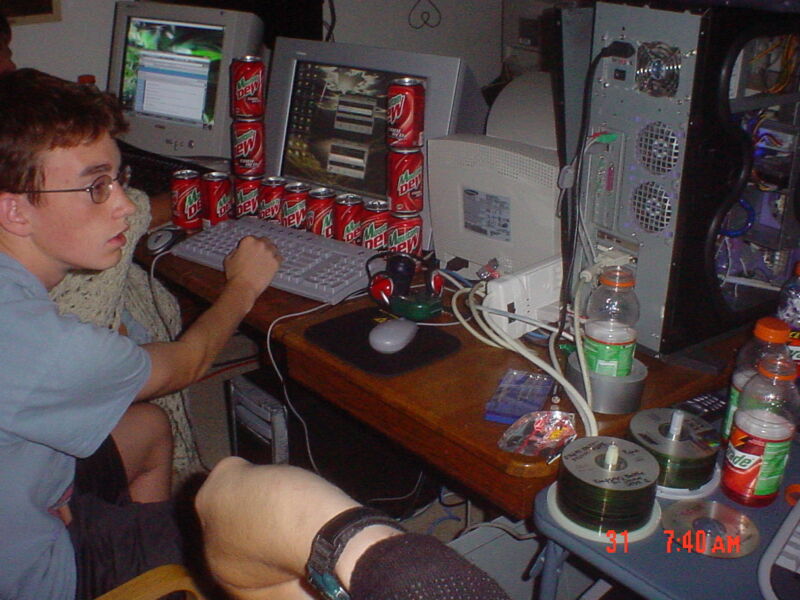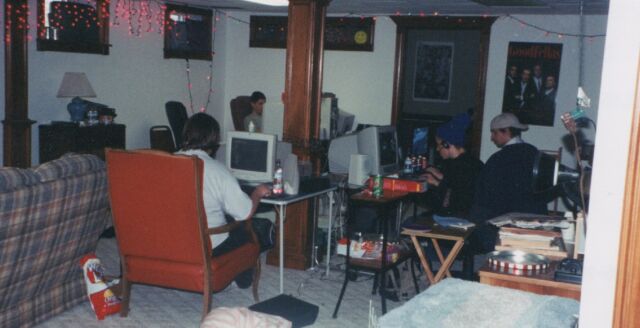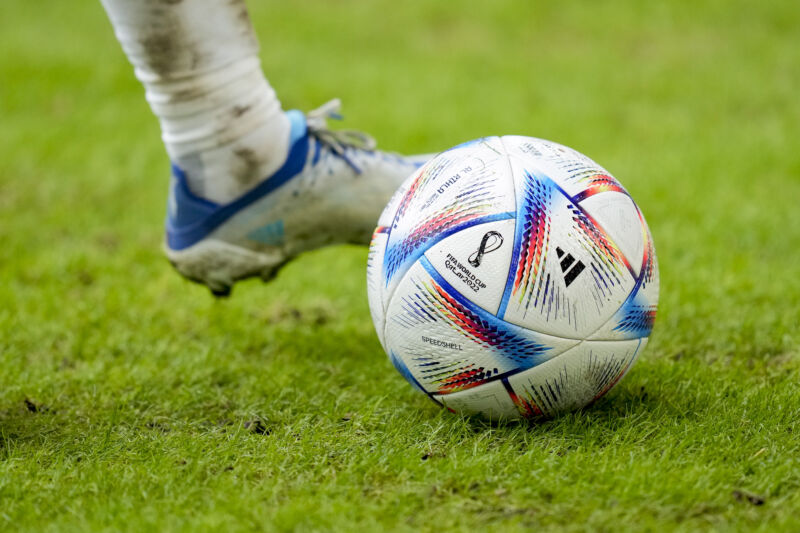Autonomous vacuum maker iRobot is a lot like Tesla, not necessarily by reinventing an existing concept — vacuums, robots and electric cars all existed before these two companies came on the scene — but by imbuing their products with that intangible quirk that makes people sit up and take notice. Just as Tesla ignited the public’s imagination as to what an electric car could be and do, iRobot has expanded our perception of how domestic robots can fit into our homes and lives.
More than two dozen leading experts from across the technology sector have come together in ‘You Are Not Expected to Understand This’: How 26 Lines of Code Changed the World to discuss how seemingly innocuous lines of code have fundamentally shaped and hemmed the modern world. In the excerpt below, Upshot Deputy Editor Lowen Liu, explores the development of iRobot’s Roomba vacuum and its unlikely feline brand ambassadors.
Excerpted with permission from ‘You Are Not Expected to Understand This’: How 26 Lines of Code Changed the World edited by Torie Bosch. Published by Princeton University Press. Copyright © 2022. All rights reserved.
The Code That Launched a Million Cat Videos
by Lowen Liu
According to Colin Angle, the CEO and cofounder of iRobot, the Roomba faced some early difficulties before it was rescued by two events. The disc-shaped robot vacuum had gotten off to a hot start in late 2002, with good press and a sales partner in the novelty chain store Brookstone. Then sales started to slow, just as the company had spent heavily to stock up on inventory. The company found itself on the other side of Black Friday in 2003 with thousands upon thousands of Roombas sitting unsold in warehouses.
Then around this time, Pepsi aired a commercial starring comedian Dave Chappelle. In the ad, Chappelle teases a circular robot vacuum with his soft drink while waiting for a date. The vacuum ends up eating the comedian’s pants—schlupp. Angle remembers that at a team meeting soon after, the head of e-commerce said something like: “Hey, why did sales triple yesterday?” The second transformative moment for the company was the rapid proliferation of cat videos on a new video-sharing platform that launched at the end of 2005. A very specific kind of cat video: felines pawing suspiciously at Roombas, leaping nervously out of Roombas’ paths, and, of course, riding on them. So many cats, riding on so many Roombas. It was the best kind of advertising a company could ask for: it not only popularized the company’s product but made it charming. The Roomba was a bona fide hit.
By the end of 2020, iRobot had sold 35 million vacuums, leading the charge in a booming robot vacuum market.
The Pepsi ad and the cat videos appear to be tales of early days serendipity, lessons on the power of good luck and free advertising. They also appear at first to be hardware stories— stories of cool new objects entering the consumer culture. But the role of the Roomba’s software can’t be underestimated. It’s the programming that elevates the round little suckers from being mere appliances to something more. Those pioneering vacuums not only moved, they decided in some mysterious way where to go. In the Pepsi commercial, the vacuum is given just enough personality to become a date-sabotaging sidekick. In the cat videos the Roomba isn’t just a pet conveyer, but a diligent worker, fulfilling its duties even while carrying a capricious passenger on its back. For the first truly successful household robot, the Roomba couldn’t just do its job well; it had to win over customers who had never seen anything like it.
Like many inventions, the Roomba was bred of good fortune but also a kind of inevitability. It was the brainchild of iRobot’s first hire, former MIT roboticist Joe Jones, who began trying to make an autonomous vacuum in the late 1980s. He joined iRobot in 1992, and over the next decade, as it worked on other projects, the company developed crucial expertise in areas of robotics that had nothing to do with suction: it developed a small, efficient multithreaded operating system; it learned to miniaturize mechanics while building toys for Hasbro; it garnered cleaning know-how while building large floor sweepers for SC Johnson; it honed a spiral-based navigation system while creating mine-hunting robots for the US government. It was a little like learning to paint a fence and wax a car and only later realizing you’ve become a Karate Kid.
The first Roombas needed to be cheap—both to make and (relatively) to sell—to have any chance of success reaching a large number of American households. There was a seemingly endless list of constraints: a vacuum that required hardly any battery power, and navigation that couldn’t afford to use fancy lasers—only a single camera. The machine wasn’t going to have the ability to know where it was in a room or remember where it had been. Its methods had to be heuristic, a set of behaviors that combined trial and error with canned responses to various inputs. If the Roomba were “alive,” as the Pepsi commercial playfully suggested, then its existence would more accurately have been interpreted as a progression of instants—did I just run into something? Am I coming up to a ledge? And if so, what should I do next? All conditions prepared for in its programming. An insect, essentially, reacting rather than planning.
And all this knowledge, limited as it was, had to be stuffed inside a tiny chip within a small plastic frame that also had to be able to suck up dirt. Vacuums, even handheld versions, were historically bulky and clumsy things, commensurate with the violence and noise of what they were designed to do. The first Roomba had to eschew a lot of the more complicated machinery, relying instead on suction that accelerated through a narrow opening created by two rubber strips, like a reverse whistle.
But the lasting magic of those early Roombas remains the way they moved. Jones has said that the navigation of the original Roomba appears random but isn’t—every so often the robot should follow a wall rather than bounce away from it. In the words of the original patent filed by Jones and Roomba cocreator Mark Chiappetta, the system combines a deterministic component with random motion. That small bit of unpredictability was pretty good at covering the floor—and also made the thing mesmerizing to watch. As prototypes were developed, the code had to account for an increasing number of situations as the company uncovered new ways for the robot to get stuck, or new edge cases where the robot encountered two obstacles at once. All that added up until, just before launch, the robot’s software no longer fit on its allotted memory. Angle called up his cofounder, Rodney Brooks, who was about to board a transpacific flight. Brooks spent the flight rewriting the code compiler, packing the Roomba’s software into 30 percent less space. The Roomba was born.
In 2006 Joe Jones moved on from iRobot, and in 2015 he founded a company that makes robots to weed your garden. The weeding robots have not, as yet, taken the gardening world by storm. And this brings us to perhaps the most interesting part of the Roomba’s legacy: how lonely it is.
You’d be in good company if you once assumed that the arrival of the Roomba would open the door to an explosion of home robotics. Angle told me that if someone went back in time and let him know that iRobot would build a successful vacuum, he would have replied, “That’s nice, but what else did we really accomplish?” A simple glance around the home is evidence enough that a future filled with robots around the home has so far failed to come true. Why? Well for one, robotics, as any roboticist will tell you, is hard. The Roomba benefited from a set of very limited variables: a flat floor, a known range of obstacles, dirt that is more or less the same everywhere you go. And even that required dozens of programmed behaviors.
As Angle describes it, what makes the Roomba’s success so hard to replicate is how well it satisfied the three biggest criteria for adoption: it performed a task that was unpleasant; it performed a task that had to be done relatively frequently; and it was affordable. Cleaning toilets is a pain but not done super frequently. Folding laundry is both, but mechanically arduous. Vacuuming a floor, though—well, now you’re talking.
Yet for all the forces that led to the creation of the Roomba, its invention alone wasn’t a guarantee of success. What is it that made those cat videos so much fun? It’s a question that lies close to the heart of the Roomba’s original navigation system: part determinism, part randomness. My theory is that it wasn’t just the Roomba’s navigation that endeared it to fans—it was how halting and unpredictable that movement could be. The cats weren’t just along for an uneventful ride; they had to catch themselves as the robot turned unexpectedly or hit an object. (One YouTuber affectionately described the vacuum as “a drunk coming home from the bar.”) According to this theory, it’s the imperfection that is anthropomorphic. We are still more likely to welcome into our homes robots that are better at slapstick than superhuman feats. It’s worth noting that the top-of-the-line Roomba today will map your rooms and store that map on an app, so that it can choose the most efficient lawnmower-like cleaning path. In these high-end models, the old spiral navigation system is no longer needed. Neither is bumping into walls.
Watching one of these Roombas clean a room is a lot less fun than it used to be. And it makes me wonder what the fate of the Roomba may have been had the first ever robot vacuum launched after the age of smartphones, already armed with the capacity to roll through rooms with precise confidence, rather than stumble along. It’s not always easy, after all, to trust someone who seems to know exactly where they are going.
Source: Engadget – Hitting the Books: How Dave Chappelle and curious cats made Roomba a household name






